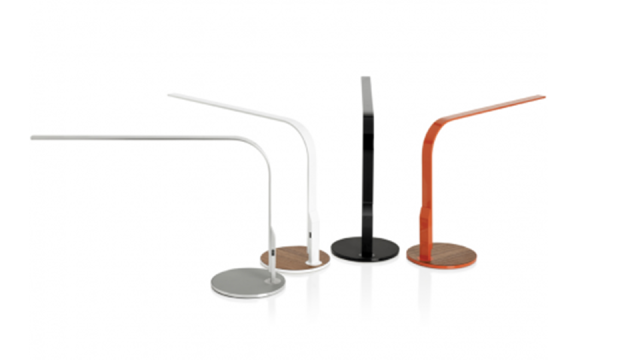We’ve been talking about it for years now — half dread, half excitement — and now it’s no longer just our imaginations. The Facebook Phone is as real as it’s probably ever going to get: a complete Android takeover that converts your smartphone. UPDATE: EYES ON!
It’s important to know what Facebook Home — “the Facebook Phone” — isn’t. Facebook isn’t building a phone in the same way that Apple builds a phone. This isn’t an iPhone competitor or even an Android competitor. It’s not even a Facebook version of Android.
Facebook Home is apps.
This is Facebook looking to plant itself in front of your eyeballs as much as possible with a homescreen entirely dedicated to the social network itself. Facebook Home is about what you’re reading and tapping, not a hunk of plastic in your hand.
Home changes the entire way you interface with your phone — you’ll access all of your non-Facebook apps by clicking on your own profile picture. As soon as you turn on your phone (or wake it), you’ll see your “Coverfeed” — a super-condensed version of your News Feed that takes up the entire display, and completely replaces both the lockscreen and homescreen.
There will be ads in this Coverfeed, yes, because that’s how Facebook makes money to exist.
But there will be a lot more: an ever-updating digest of what’s happening with your pals. A giant photo someone shared. A link someone shared. Status updates. You can read whatever’s next by swiping from one to the other, and double tap to like — no need to pop open a Facebook app.
There are some nifty gestures at work: tap and hold to zoom out of a photo you like, and you can pop off a comment with another tap. Notifications — say, a new Facebook IM — will stack up on your Coverfeed, but they can be bunched up by tapping and holding, or dismissed entirely by swiping them away. It looks decently natural.
You can launch your favorite apps without leaving Facebook Home.
Messaging your friends is one of the more novel touches with Facebook Home — it uses a nifty-looking and horribly named system called Chatheads. Chatheads are small pictures of your friends that are shortcuts for conversation. They pop-up revealing your friend’s profile photo, and a simple tap pulls up the conversation, whether it’s over IM or chat. Switching from one conversation to another is just a matter of tapping between faces, and if someone tries to get in touch with you, their face will appear over whatever it is you’re doing: listening to music, browsing Google Maps or playing a game.
It’s nice to see SMS and IM treated exactly the same way, because, really, it doesn’t matter which medium is carrying your dispatches. “Hey” is “hey”.
Home will be available to download in a week, with a tablet version out sometime later this year. It will update every single month — or so Mark Zuckerberg says — which means the software that dominates your screen will be refreshed more regularly than usual. That’s great.
Don’t hold your breath for anything on iOS, ever. It may or may not wreck your battery life, what with the constant background updating and frenzy of graphical status updates and baby photos. We’ll have to wait and see.
It looks beautiful, I can tell you that much. Or you can just look at these pictures and decide that for yourself. The thinking behind Home — that your digital social life is a good anchor for your entire phone, and that Facebook is the best representation of this social life — is sound. It’s a big part of what makes Windows Phone so brilliant. Your phone is already like a spoon for friendship, so if this all comes together, Facebook Home will maybe be like a spork. Or a feeding trough.
But do you want this takeover? Do you want Facebook to be your phone, rather than a small part of it on equal footing with a calculator app? I do not know.
Update: We looked at some Facebook reps using the HTC First. Home screen navigation appears fast and nimble, with full-screen images flipping past as fast as their finger swipes. Selecting, reordering, grouping and dismissing the Chat Heads icons was equally responsive with very little lag. Even when running standalone apps like Instagram, the UI appeared quite zippy.
Additional reporting by Andrew Tarantola.
